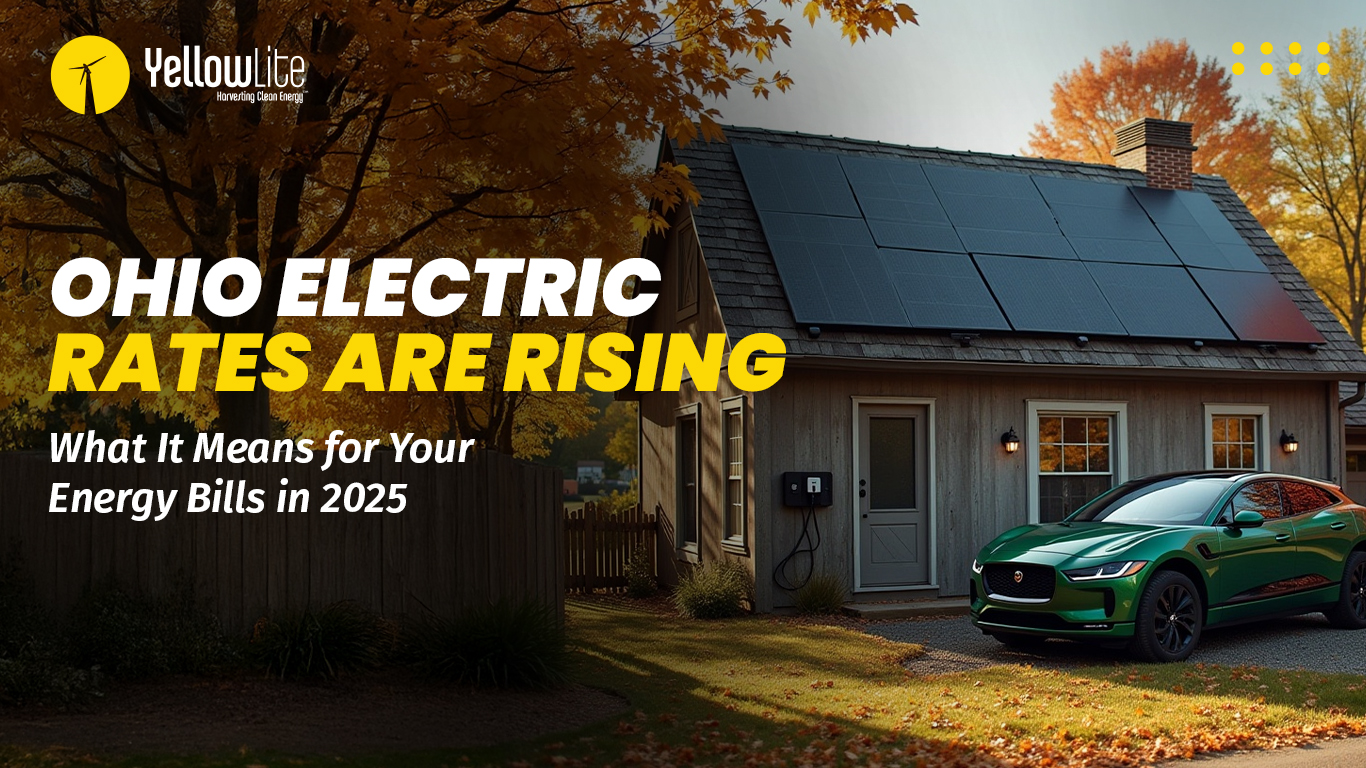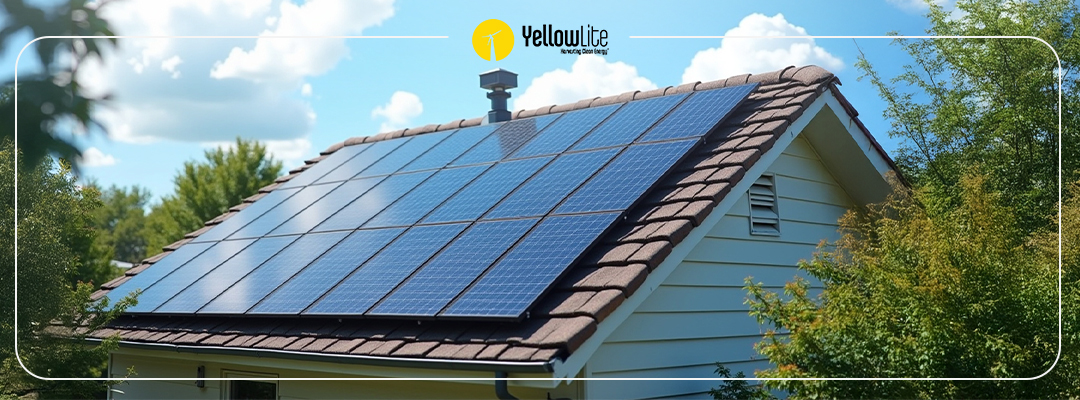When Is A Ground Mount Preferable To A Rooftop Solar Power System?
Sometimes rooftop solar power systems are not ideal for the residential homeowner. Some roofs are too small or have too many hindrances such as chimneys, vents, or skylights. Sometimes a roof is beset by too many trees and shading makes solar untenable, there simply is not enough light available to hit the panels to generate enough electricity to make it worthwhile. Then there are some roofs which have orientations other than south-facing where you would lose some efficiency. And finally, there are some roofs which have to be fixed or fortified adding to the cost.
In a lot of cases, a ground mount is the best option. What goes into a ground mount solar array and what are some of the advantages to putting it on the ground?
Key Aspects of a Ground-Mounted Solar Array
If you decide to build a ground mount, we first need to build the structure to support it. We generally dig a hole in the ground far enough beneath the thaw line and then pour concrete to secure the metal poles. The solar installation company then digs a trenching line from the array to the house. Generally you can place the array several hundred feet from the house. The further you go from the house the larger the wire and conduit you need and therefore the more costs rise. Is there an upper limit to how far away an array can be placed? We would think that 500 feet would be that limit. Theoretically you could place an array a kilometer away, but we wouldn't suggest it.
So you build your foundation, dig the trenching and bury the wires underground so they are not exposed. Then you attach the panels to the frame and connect the wiring. Generally speaking, most ground mounts use string inverters the majority of the time instead of microinverters.
Advantages of a Ground-Mounted Solar Array
If your property has a lot of land, you can install a larger solar energy system and build one as large as you like. You also are not restricted by space as you would be by a rooftop solar energy system, so you can expand the system with relative ease. The only caveat being that you would want to use larger wire from the initial installation with an eye toward expanding in the future. It is always better to go the safer route and use bigger wire because if you don't plan ahead, it can get expensive to dig the existing wire up and redo everything.
The performance of a ground mount will always be better than a rooftop array simply due to the nature of the installation. For a rooftop solar system, you are limited as to the angle you want to set the panels based on the slope of the roof. With a ground mount you don't have this problem. You can build the array to align to the perfect angle to get as much sun as possible.
Then there is the issue that a ground mount will have more airflow to cool the panels. There is a direct correlation between cooler temperatures and higher efficiency. When the panels are cooled by better airflow underneath, efficiency goes up, and electricity generation goes up. Panels on a rooftop array are generally inches off the surface of the roof and there just is not enough room for circulation to cool the panels. Therefore, ground mounts have an efficiency advantage.
We do not recommend that solar system owners perform any maintenance on their systems. In fact, we actively discourage it. However, when your solar installer comes to your home to perform maintenance, a ground mount is a much easier time than a roof-mounted solar array. There is no climbing up a ladder and dealing with heights.
During the winter it is very easy to knock heavy snow drifts off the panels. There are tools available that are essentially squeegees and snow falls off easily. When the sunlight strikes the panel, the remnants of the snow you didn't get slide right now. And cleaning panels with soap and water becomes an easy job during the spring, summer, and fall to keep panels 100% clear.
And finally, there are no penetrations in a roof. Now it should be noted that rooftop arrays actually help protect the shingles from wear and tear and extend the useful life of a roof. But you are still putting penetrations into the roof. Put simply, the more penetrations in a roof the more chances that something come go wrong. A good solar installation company in Ohio will do their best to minimize the potential for leakages, but still, with a ground mount array, there are no roof penetrations at all, so there are no worries.
Sometimes a Ground Mount is Not the Best Option
If you build a ground mount in your yard, you might lose land that could be used for recreational space. Make sure you have enough room and there is little chance of recreational backyard baseball games coming close to your array.
Another potential problem with ground mounts are that if you mow the lawn the lawnmower might kick up rocks, sticks, or other debris that could strike the panels. Make extra certain that the area around the ground mount is free of any small little pebbles or other hardened material that could act as projectiles and damage your solar panels. A solar panel can withstand hail the size of a golf ball striking the glass at 50mph but if a small pebble or rock gets kicked up from a lawn mower, it has a great chance of damaging the panels and cracking the glass.
Ground mounts can also cost a little bit more than rooftop arrays. This is mostly due to digging the holes for the metal supports, the trenching for the wire, and stringing the wire a greater distance from the house in relation to a rooftop array. So the cost of a ground mount is generally a little bit more and should be taken into consideration.
So which is better? Like all things in life, it depends. The biggest advantage of ground mounts is that you can orient your array to the perfect angle toward the sun and are not subject to the dictates of the natural orientation of the roof. For roofs that are not facing in the ideal, south-facing direction, a ground mount is a great option. However, rooftop arrays have their advantages as well. Neither is really “better” than the other. They are options that must be taken into account depending on your specific circumstances. Ultimately, there are more ground-mounted arrays in this country than rooftop simply due to the size and scale of installed utility and commercial solar, which, in the case of utility, is always going to be located on the ground. Far more ground mount solar panels have been installed versus rooftop and will probably remain that way for some time. Take a look at your options and come up with a system that works for you.



